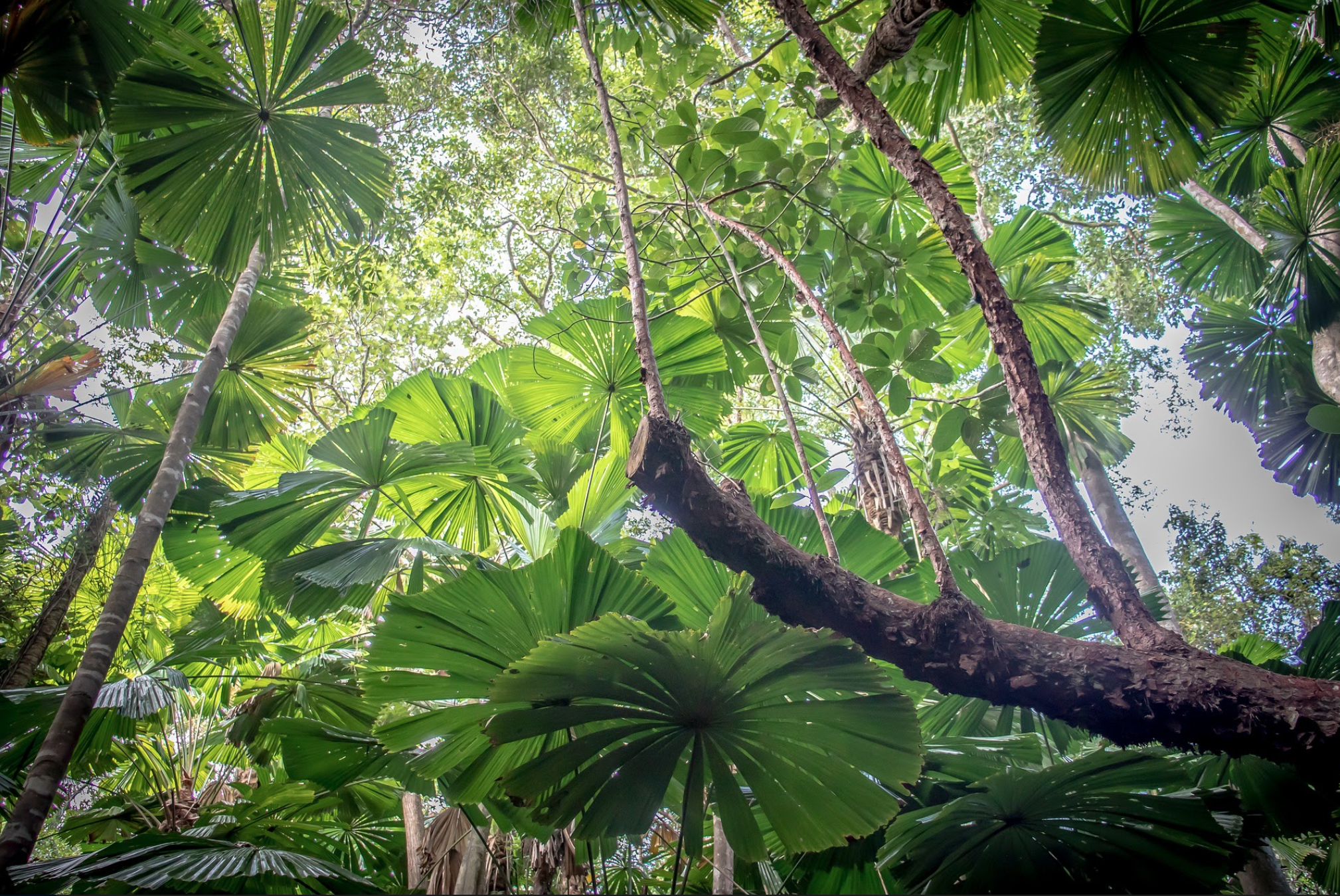The Daintree Rainforest Deal - A Step Closer to the Uluru Statement?
Recently, an extraordinary and historic deal was struck between the Queensland government and the Eastern Kuku Yalanji people, granting the 160,213 hectares of land back to the Traditional Owners. The land encompasses the Daintree National Park, as well as the Ngalba-bulal, Kalkajaka and the Hope Islands National Parks. The Daintree National Park was previously listed as a UNESCO Heritage Site due to it being one of the oldest living ecosystems on Earth; however, this deal recognises the further cultural significance of the area to Indigenous Australians. After four years of negotiations, the Eastern Kuku Yalanji will now play a leading role in the management of the region. This includes all developments going through the Jabalbina Aboriginal Yalanji Corporation, as well as cultural and sacred sites being cared for by the Indigenous Australians of the area. The celebrated deal represents a significant shift for the region in many ways, including being a huge step forward for Indigenous Australian land rights, the conservation of the national parks and the more sustainable role tourism will now play in the area. Eastern Yalanji Ranger groups will take the forefront of regional conservation, implementing ‘cultural management plans… cultural heritage surveys, and… fire and pest management plans’.
The chairperson of the Jabalbina Yalanji Aboriginal Corporation, Lynette Johnson, described the process and result as ‘awe inspiring’, yet recognised that the work for Land Rights was far from finished. The Eastern Kuku Yalanji had some form of Land Title recognition within the area previously, but it did not fully allow the Indigenous group to manage and protect their Country. Legally speaking, this deal is one of only few instances in which governments have formally given land back to the Traditional Owners. Famous sites such as Uluru and Kakadu are examples of existing deals between government and Indigenous Australians. However, the fight continues for recognition of less popular sites around the country.
The 2017 ‘Uluru Statement from the Heart’ is echoed within this deal, especially within the statement’s call for Indigenous Australians to be able to take their ‘rightful place’ in their own Traditional Lands. The Daintree Rainforest deal answers this call, however, many other Indigenous Australian groups remain unable to fully access or manage their Traditional Lands. As a result, the inextricable connection between land, culture, spirituality and sovereignty for Aboriginal Australians will continue to diminish. It must also be noted the return of Country is only one of many stepping-stones the statement calls for. Constitutional empowerment, a First Nations voice in parliament and a Makarrata or Truth-Telling Commission were all largely ignored by parliament upon the release of the statement. The question now remains as to whether or not the Daintree Rainforest deal will push forward further returns of Country; as well as the truth, justice and empowerment Indigenous Australians have challenged the Australian Government to recognise.

